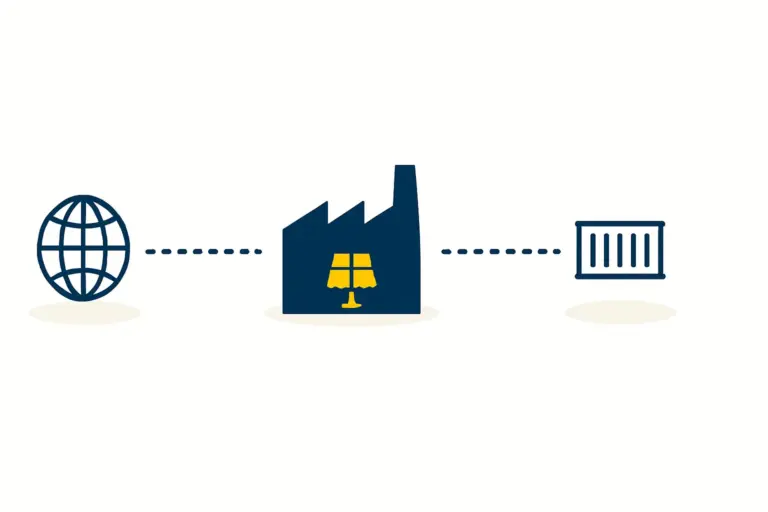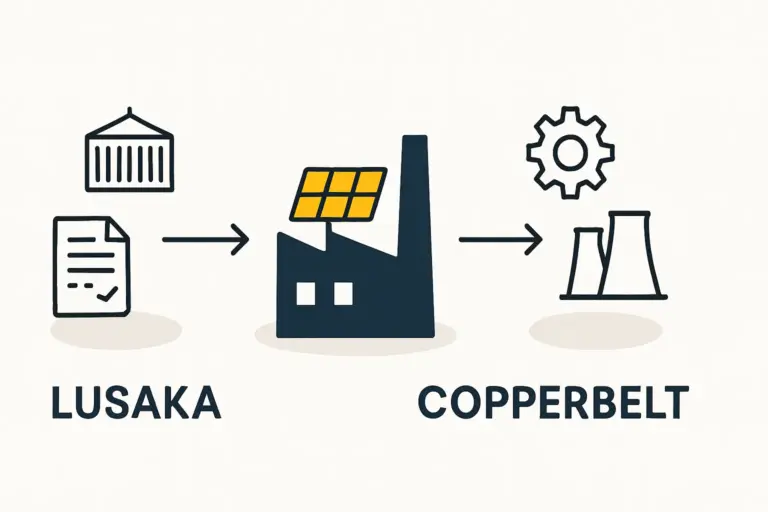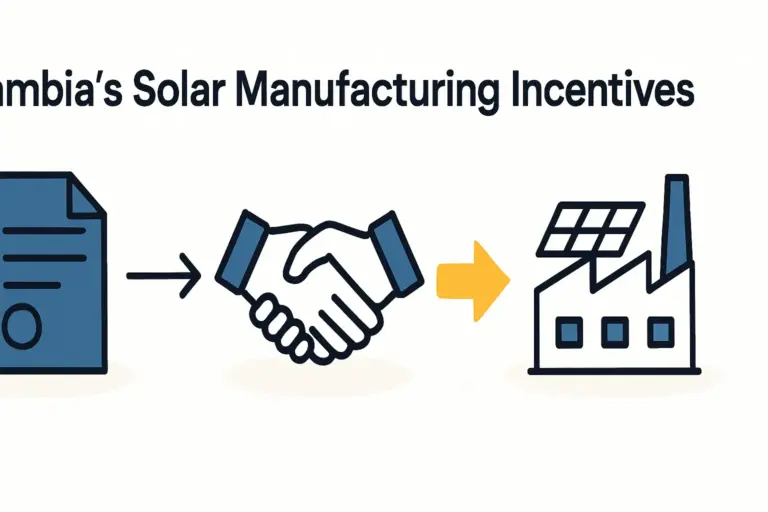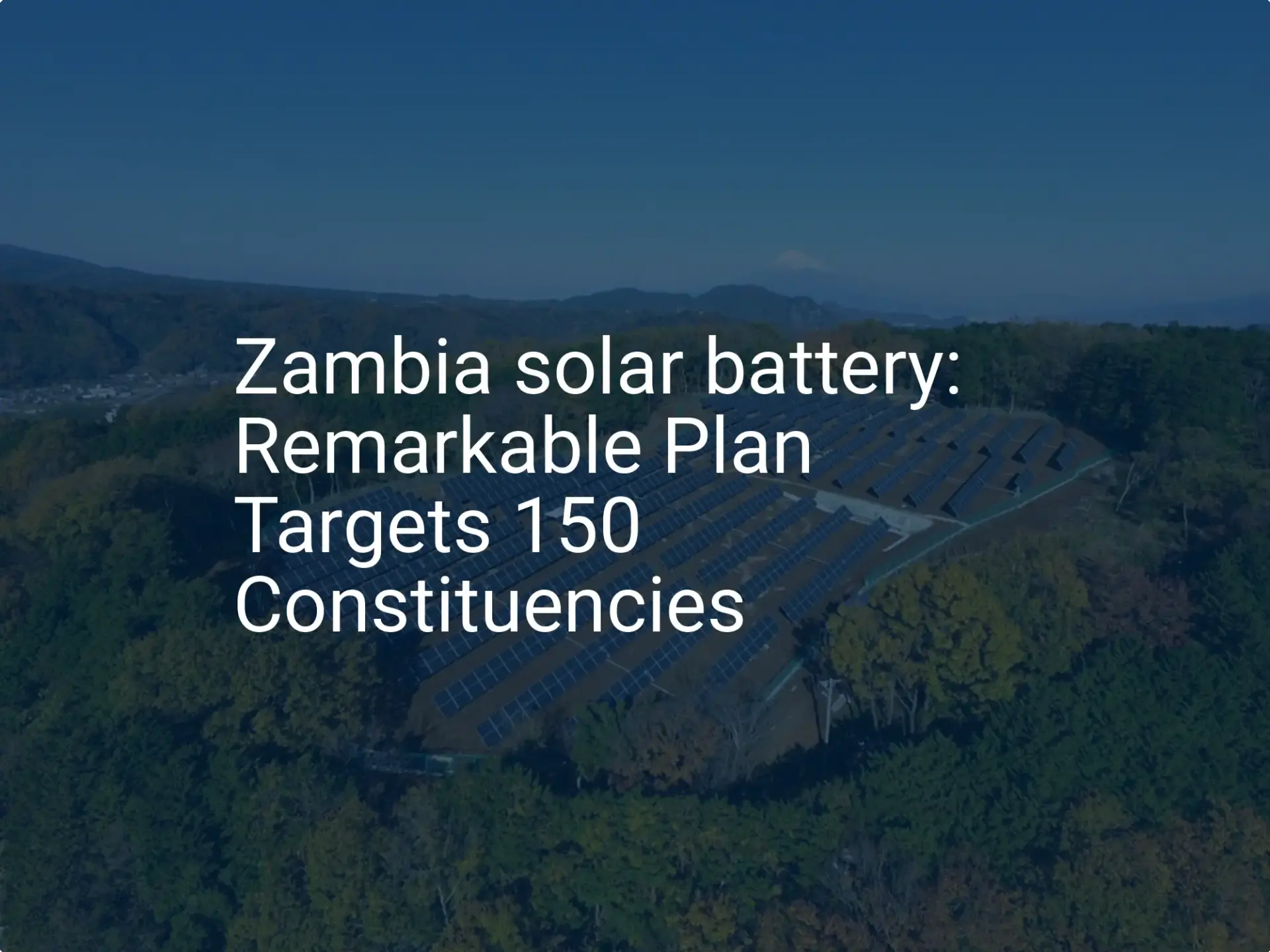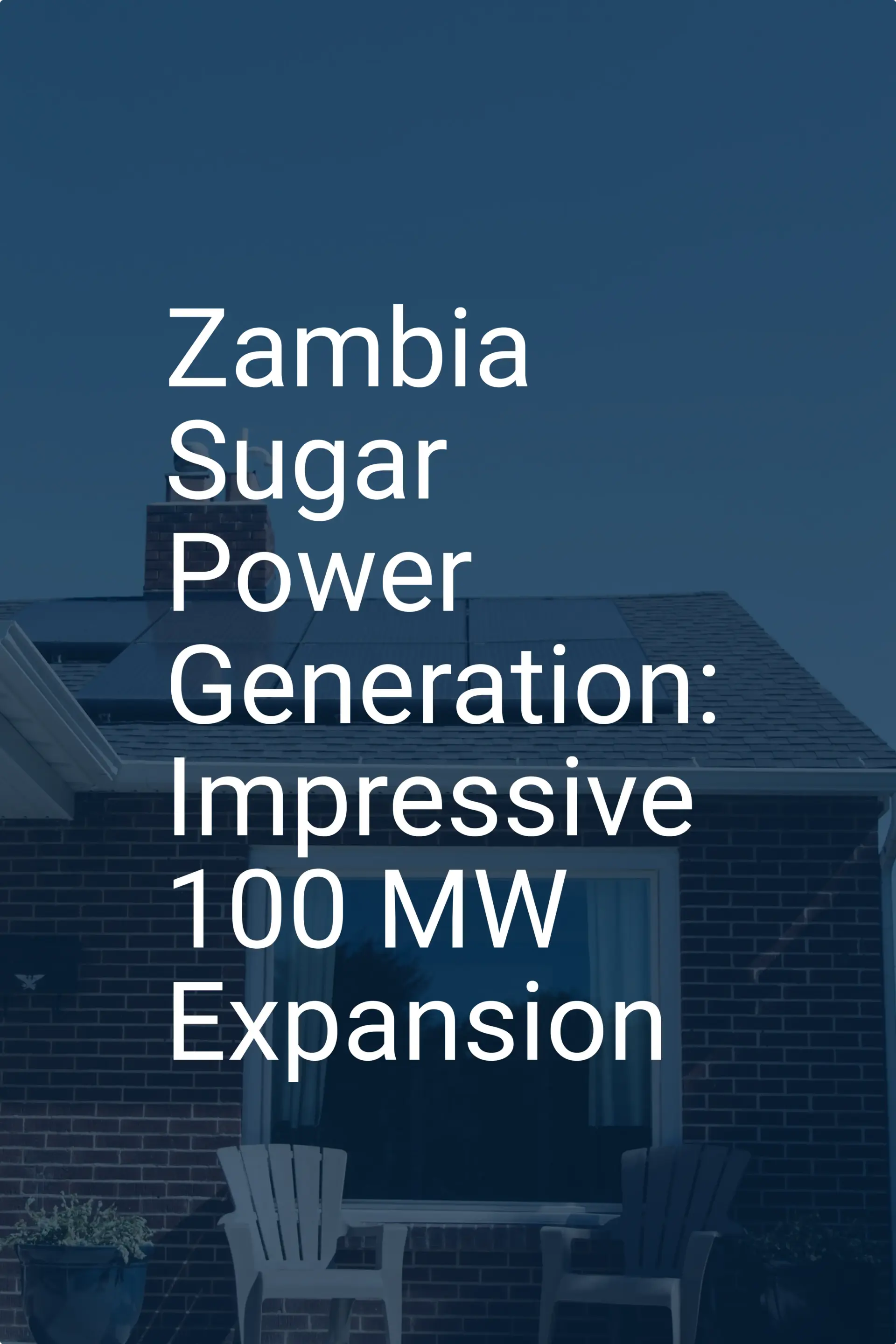An investor new to the solar industry often focuses on the core business plan: the technology, the market, and the financial projections. Yet, one of the most significant early-stage challenges is not the business model itself but the operational groundwork: securing suitable land, navigating permit applications, and ensuring access to reliable power and water.
Zambia offers a strategic solution to these very hurdles by locating a manufacturing facility within a Multi-Facility Economic Zone (MFEZ).
These zones are more than just industrial parks; they are purpose-built ecosystems designed to accelerate industrial development and de-risk major investments. For an entrepreneur planning to enter the solar manufacturing space, understanding the MFEZ framework is the first critical step in transforming a business concept into a functioning reality.
What is a Multi-Facility Economic Zone (MFEZ)?
A Multi-Facility Economic Zone is a designated geographical area where business and trade laws differ from the rest of the country. Governed by the Zambia Development Agency (ZDA), these zones are central to Zambia’s national strategy to foster industrialization, promote value-added exports, and create employment.
The primary objective of an MFEZ is to create a highly favorable environment for investment by offering superior infrastructure, streamlined administrative processes, and compelling financial incentives. This structure allows investors to focus on their core operations, knowing the foundational requirements are already in place.
Key MFEZs in Zambia: A Strategic Overview
Zambia has established several MFEZs, each with a strategic location and focus. While some are oriented towards specific industries like mining or gemstone processing, others are designed for general manufacturing, making them ideal for a solar panel production facility.
Key zones include:
-
Lusaka South Multi-Facility Economic Zone (LS-MFEZ): A flagship, state-owned development strategically located near the capital city and its international airport. It is designed to host a diverse range of manufacturing and service-based industries.
-
Chambishi Multi-Facility Economic Zone: Located in the Copperbelt Province, this zone has a strong foundation in copper processing but actively welcomes investment in other manufacturing sectors.
-
Lumwana and Kalumbila MFEZs: Situated in the North-Western Province, these zones are primarily focused on supporting the region’s large-scale mining operations and related value chains.
For a solar module factory, the choice of MFEZ would depend on logistical factors such as proximity to target markets—both domestic and export—and the availability of specific industrial plots.

The Core Benefits of Locating a Solar Factory in a Zambian MFEZ
Selecting a site within an MFEZ offers distinct advantages in three key areas, directly addressing the most common challenges that new industrial projects face. Understanding these benefits is crucial when formulating a comprehensive plan for starting a solar factory.
Streamlined Infrastructure and Logistics
One of the most immediate advantages is access to ready-to-use, high-quality infrastructure. In an MFEZ, the groundwork has already been laid, which significantly reduces project setup times and initial capital expenditure.
-
Serviced Land: Plots are available with clear title and are already serviced with essential utilities.
-
Reliable Power: MFEZs are typically equipped with stable power grids, often including dedicated substations. This is non-negotiable for the energy-intensive solar panel manufacturing process.
-
Water and Waste Management: Access to industrial-grade water supply and effluent management systems is standard.
-
Transport Connectivity: These zones are strategically developed with excellent road networks and proximity to airports, railways, and major transport corridors, simplifying both the import of raw materials and the export of finished solar modules.
Simplified Regulatory and Administrative Processes
Navigating bureaucracy can be one of the most time-consuming aspects of setting up a business in a new country. MFEZs are designed to solve this with a ‘one-stop shop’ service model managed by the ZDA.
This consolidated approach means investors can handle most of their required licenses, permits, and clearances—including customs, immigration, and environmental approvals—through a single, efficient channel. This streamlined process dramatically shortens the pre-operational phase, allowing a business to move from planning to production much faster.
Significant Fiscal Incentives
The financial benefits for businesses operating within an MFEZ are substantial, improving the viability and return on investment for a new solar factory. These incentives reduce the tax burden during the critical initial years of operation.
Key fiscal incentives include:
-
Corporate Tax Holiday: 0% tax on company profits for the first 5 years of operation.
-
Years 6 to 8: Only 50% of profits are taxed.
-
Years 9 and 10: 75% of profits are taxed.
-
Dividend Tax Holiday: 0% tax on dividends declared from profits for the first 5 years.
-
Customs Duty Exemption: 0% import duty on capital goods, machinery, and specialized equipment for 5 years. This is a major cost-saving benefit when sourcing the necessary machines for solar panel production.
-
VAT Deferment: Deferment of Value-Added Tax on imported machinery and equipment.
These incentives significantly lower the initial investment required for a solar module factory and improve cash flow during the crucial ramp-up phase.

Practical Considerations for the Investor
While MFEZs provide a powerful strategic advantage, the investor remains responsible for the core aspects of the project. The zone provides the ‘where,’ but the investor must define the ‘what’ and ‘how.’
Based on experience from J.v.G. turnkey projects, securing a suitable site with reliable utilities is often one of the most time-consuming initial steps. MFEZs mitigate this specific challenge, freeing up the investor to concentrate on other critical areas such as factory design, production line integration, and staff training. It is still essential to develop detailed plans for the factory’s building and layout requirements and to secure the right technology and expertise for production.

Frequently Asked Questions (FAQ)
What is the typical minimum investment required to qualify for MFEZ status?
While specific figures can vary, MFEZs are generally designed for substantial industrial projects. The investment threshold is evaluated by the ZDA based on the scale, employment potential, and strategic value of the proposed project.
Are MFEZ benefits available only to foreign investors?
No, the incentives and benefits of operating within an MFEZ are available to both local Zambian and foreign investors who meet the qualification criteria set by the ZDA.
Is land within an MFEZ purchased or leased?
Typically, land within an MFEZ is provided on a long-term lease basis. This model allows the investor to secure a site for operations without the large capital outlay required for an outright purchase.
Can a solar factory be set up in any MFEZ?
Yes, in principle. A general manufacturing project like a solar module plant would be suitable for zones like the Lusaka South or Chambishi MFEZs. The final choice should be based on a detailed logistical analysis of supply chains and distribution routes.
Conclusion: A Strategic Foundation for Success
For an entrepreneur or corporation planning to establish a solar manufacturing presence in Zambia, the country’s Multi-Facility Economic Zones offer a compelling value proposition. They are not merely plots of land but integrated industrial ecosystems designed to foster success.
By providing world-class infrastructure, simplifying complex administrative hurdles, and offering a robust package of fiscal incentives, MFEZs significantly lower the barriers to entry. This framework allows investors, especially those without prior experience in the region, to build their operations on a solid, predictable, and financially advantageous foundation, accelerating their journey from concept to full-scale production.


